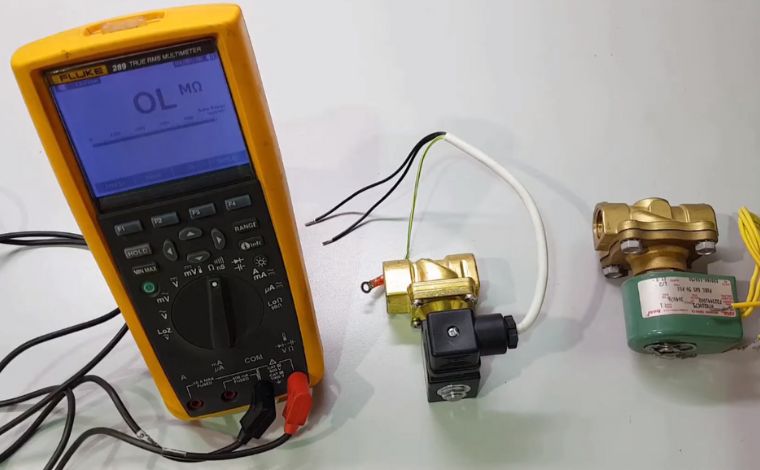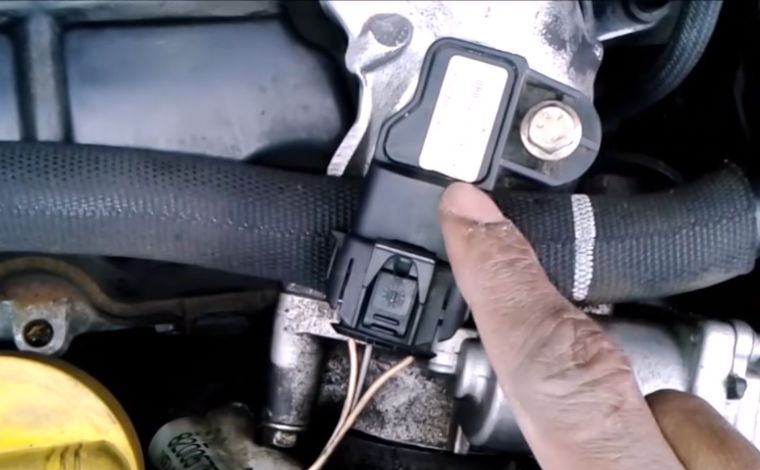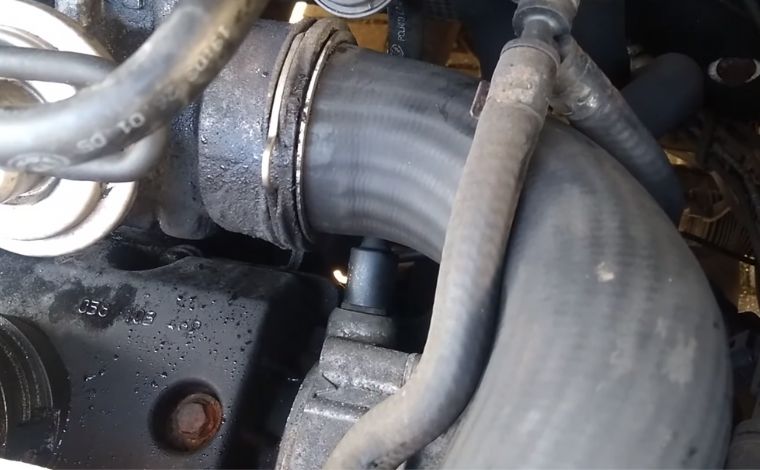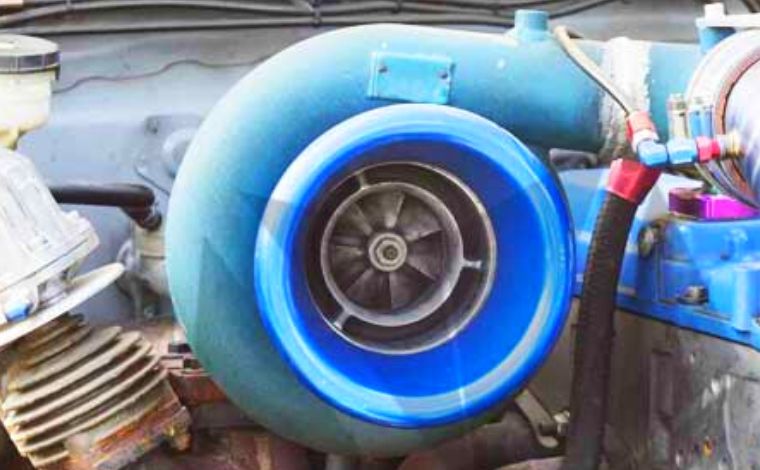When the vehicle’s turbocharger becomes faulty, boost pressure occurs. Then your vehicle needs more robust boost control to maintain it. When the solenoid circuit of the turbo/ supercharger boost control is open or shorted, the P0045 codes come to your scanner. So, when the vehicle can not be maintained perfectly, it increases a problem with the boost control of the car. As a result, the P0045 OBD II code comes to your OBD II scanner. If you want safe journeys, You have to find out, identify, and solve every issue related to your car. This article will introduce you to the OBD II code P0045. It will effectively inform you of the symptoms of P0045 and the ways of removing the code.
Possible Reasons:
- Faulty boost control solenoid
- Open or short in the boost control solenoid circuit
- Damaged or disconnected wiring or connectors in the boost control circuit
- Faulty turbocharger or supercharger
- Vacuum leaks in the boost control system
- Faulty engine control module (ECM)
What is The Definition of The P0045 Code?
Sometimes, the ECU (Engine Control Unit) detects an abnormal reading of the turbocharger/supercharger boost control circuit. When the turbocharger boost control circuit is open or shorted, the P0045 comes on your OBD II scanner.
The exhaust gas flows into the turbine to run the vehicle smoothly. There is a nozzle vane in the turbocharger to be opened and closed during the gas flowing. It controls the flow of the gas and maintains a balance. The increasing flow of the gas is reliable for causing the problem with the turbocharger. The pressure allows the vane to move in the opening direction. Thus the supercharger can not charge the unbalanced electrical system, and the P0045 happens.
The Common Symptoms of The P0045 Code
Identifying the symptoms of a problem is so crucial for solving it. When there is a problem with the supercharger boost control and the P0045 comes to your OBD II scanner, you can get a notification on the engine light. The light will turn on and notify you that you have to repair the vehicle soon.
How to Diagnose P0045 Code?
It is essential to diagnose the problems related to the P0045 code. Suppose you have noticed the engine light of your vehicle is on. You also check the OBD II code and get the P0045. But how can you understand which part of the vehicle is problematic? There are some steps to solve the problem.
- Check The Solenoid Circuit
You have to check the solenoid circuit carefully and be sure it is okay. But, you must be sure about the solenoid commanded by the scan tool. If the scanner cannot check it, the work will be valueless. The solenoid control, position, and everything are included here. 
- Turbocharger/Supercharger Problem Identification
The turbocharger of a vehicle can be repaired. But, you must be sure that it has a problem. The turbocharger boost control is a vital element to running your vehicle well. It may be a big issue when it becomes problematic. So, when you get the P0045 code, you have to check it. You can be sure that the supercharger is the main reason why the OBD II code P0045 comes to the scanner.
The Possible Causes of The P0045 Code
Some difficulties of a vehicle cause the P0045 code. You may get the code on an OBD II scanner, but you must know the possible causes. You can quickly identify which part of the vehicle is problematic by judging the code when you know them.
- Faulty Boost Pressure to The Engine
The turbocharger forces pressure on the engine and boosts it. The process helps the engine maintain the appropriate speed of the vehicle. But, when the boost pressure becomes inappropriate, the engine light becomes on, and the P0045 code comes to the OBD II scanner. After that, you have to make sure that the boost pressure on the engine is problematic. 
- Turbocharger/Supercharger is problematic
The main duty of a turbocharger is compressing more air to the engine. It flows the air into the engine cylinder and helps the engine work efficiently. When the turbocharger/supercharger becomes damaged or problematic, it can not maintain the airflow and keep the engine safe. So, the OBD II scanner presents the P0045 code and informs you that the turbocharger has an issue and must be changed soon.
- Boost Sensor Is Bad
The P0045 presents several issues. The boost sensor problem is one of them. Can you imagine how serious the problem can be? The problematic boost sensor has a restriction on boosting the air pressure. As a result, the engine can become damaged. So, the P0045 comes to the OBD II scanner if the boost sensor is problematic and you must repair or replace it.
- Turbocharger and Inlet Pipe Connection’s Faulty
The intel pipe is a piece of equipment to flow the air intake into the turbo. A strong connection is necessary for maintaining the flow. Otherwise, the system may be affected. As a result, the P0045 can come to your OBD II scanner. You have to repair the connection and thus remove the OBD II P0045 code. 
How to Repair The P0045 Code?
Every vehicle has several problems, and they can affect your journey. If your car is problematic and the engine light is on, you have to scan the OBD II code. Then you have to check which the code is. You have to maintain the following steps if you get the P0045 code.
-
Check The Turbocharger
The P0045 code defines the problem of the turbocharger/supercharger of your vehicle. You have to check the turbocharger as soon as possible after getting a notification from the engine light and P0045 code. 
-
Repair The Turbocharger
A question may come to your mind if anyone can repair the turbocharger. Yes, you can improve any part of the turbocharger/supercharger. So, when you get the service engine light on, you must check the OBD II code. You have to repair the turbocharger when the code is P0045.
-
Repair The Solenoid Control
If the solenoid control system of the car is defective, the turbocharger can not work correctly. So, when you can guess that the solenoid control is problematic, you have to change it soon to remove the P0045 code.
Repairing Cost of The P0045 Code
Generally, the repairing cost of the OBD II codes is measured on one hour of labor. If your vehicle is problematic and the OBD II code P0045 comes, you need to spend about $75 to $150 per repair hour. It is better to repair soon because the supercharger boost control is essential for the efficient working of the vehicle.
Conclusion
Every journey is enjoyable. But, when your vehicle is unfit, you can not enjoy it. So, you must be careful about the fitness of your car. The notification from the engine light shows the problem is present with your vehicle. So, you must check the OBD II code and repair it fast. Although the solenoid circuit problems can not be found every time, the turbocharger problem is always included in the code. So, if you get the OBD II P0045 code, you have to check both the turbocharger and solenoid. It will make it easier to find out the specific problem and solve it quickly.
Related OBD2 Codes:
P0043 Code, P0046 Code, P0053 Code
Kevin Nicholas is an automotive technician who is a genius at software and hardware-related issues. He manually tested more than a hundred OBD scanners and gave his honest opinion on whether the device was worth the money or not. His in-depth OBD review articles help people choose the right product, whether it is a European, American, or Asian vehicle. He completed his Automotive Specialized Training Course at Universal Technical Institute and has more than 15 years of experience in the field.
Summary of Contents

